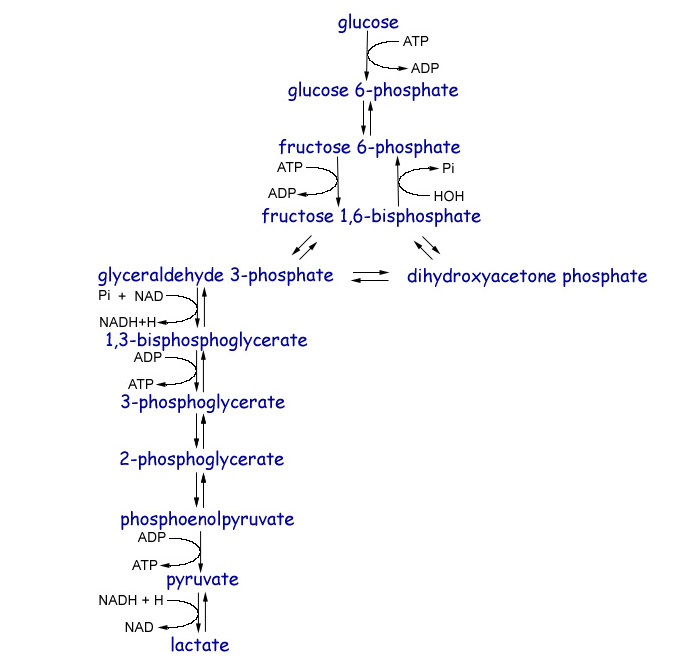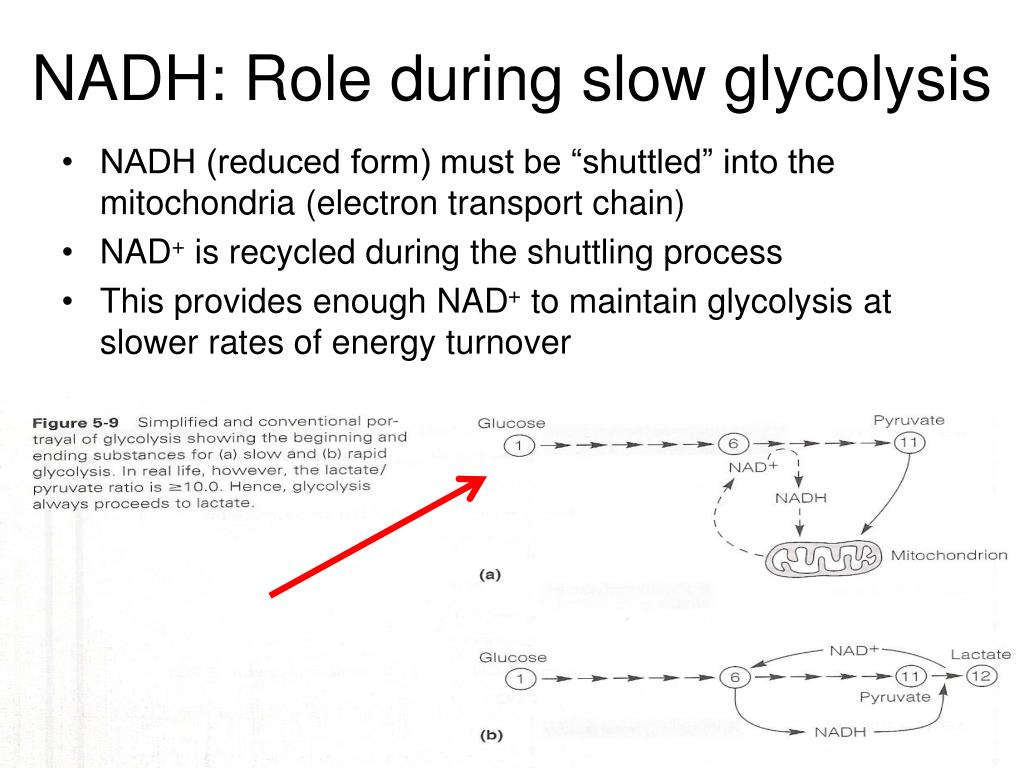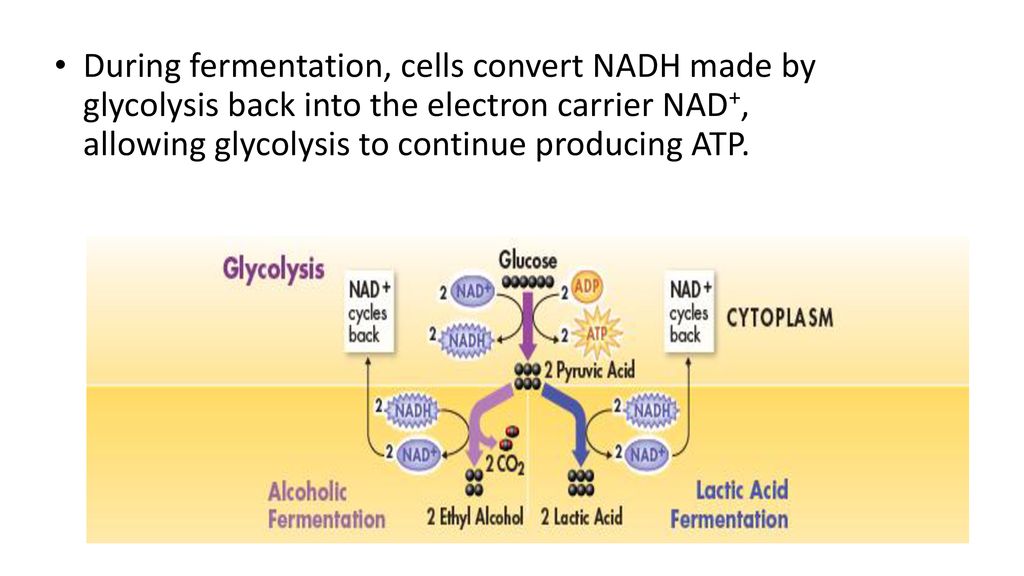What Is The Purpose Of The Nadh Made During Glycolysis
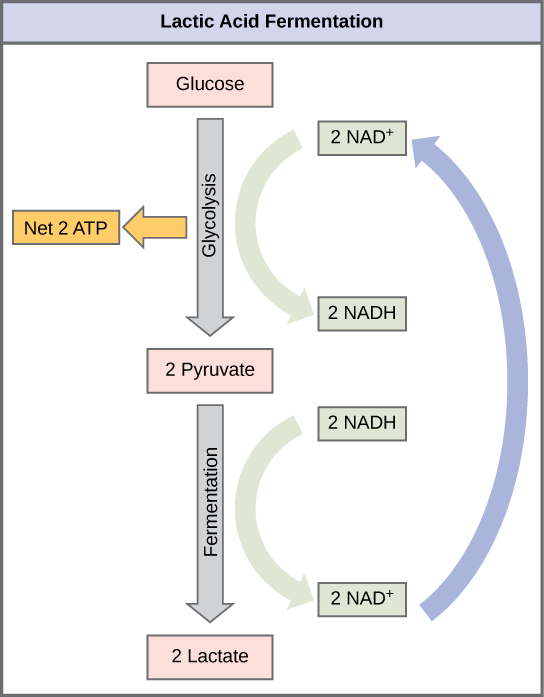
Imagine a tiny cellular world, buzzing with activity. Sugar molecules, like miniature fuel bricks, are constantly being broken down, releasing energy to power the countless processes that keep us alive. This bustling hub of molecular transformations is the realm of glycolysis, and within it, a crucial molecule called NADH is created.
But what exactly is the purpose of the NADH generated during glycolysis? It's not just a byproduct; it's a vital energy carrier, a sort of cellular shuttle bus ferrying high-energy electrons to the next stage of cellular respiration, where they'll be used to generate the bulk of our cells' energy currency – ATP.
Glycolysis: The Sugar Breakdown Beginning
Glycolysis, derived from the Greek words for "sweet" (glykys) and "splitting" (lysis), is the initial metabolic pathway in the breakdown of glucose, a simple sugar. It's a fundamental process occurring in almost all living organisms, from bacteria to humans.
This pathway takes place in the cytoplasm of the cell and doesn't require oxygen directly, making it an anaerobic process. Glycolysis involves a series of ten enzymatic reactions, each carefully orchestrated to convert glucose into pyruvate, a three-carbon molecule.
The Role of NADH in Glycolysis
During one of these crucial steps, specifically the oxidation of glyceraldehyde-3-phosphate, NADH is produced. This reaction is catalyzed by the enzyme glyceraldehyde-3-phosphate dehydrogenase. It's a critical turning point in the process.
Here's how it works: glyceraldehyde-3-phosphate loses electrons (is oxidized), and these electrons, along with a proton, are transferred to NAD+ (nicotinamide adenine dinucleotide), converting it into NADH. NAD+ is a coenzyme, a helper molecule that assists enzymes in carrying out their catalytic function.
Think of NAD+ as an empty taxi cab, and NADH as that same cab now carrying a valuable passenger – high-energy electrons. These electrons represent stored energy, ready to be unleashed.
NADH: An Energy Carrier
The primary purpose of the NADH produced during glycolysis is to act as an electron carrier. It shuttles these high-energy electrons to the next stage of cellular respiration, the electron transport chain. This is where the real energy payoff happens.
Without NADH, the electron transport chain would be starved of electrons, and ATP production would be severely limited. According to the National Institutes of Health (NIH), the electron transport chain is a series of protein complexes embedded in the inner mitochondrial membrane. This chain harnesses the energy from NADH (and FADH2, another electron carrier) to pump protons across the membrane, creating an electrochemical gradient.
This gradient then drives the synthesis of ATP by a remarkable enzyme called ATP synthase. It's like a miniature hydroelectric dam, using the flow of protons to power the production of ATP.
Fates of NADH: Aerobic vs. Anaerobic Conditions
The fate of NADH depends on whether oxygen is present or absent. In the presence of oxygen (aerobic conditions), NADH delivers its electrons to the electron transport chain, allowing for the efficient generation of ATP. This process is called oxidative phosphorylation.
However, in the absence of oxygen (anaerobic conditions), such as during intense exercise when muscles lack sufficient oxygen, the electron transport chain cannot function. NADH must then be recycled to regenerate NAD+, which is essential for glycolysis to continue. This is achieved through fermentation.
During fermentation, NADH donates its electrons to pyruvate, converting it into either lactate (in animal cells and some bacteria) or ethanol and carbon dioxide (in yeast). This process regenerates NAD+, allowing glycolysis to proceed, but it yields far less ATP than oxidative phosphorylation.
The Significance of NADH in Metabolism
NADH plays a far more significant role than just being an intermediate product of glycolysis. Its influence reaches far beyond the initial breakdown of sugar. It's crucial for maintaining cellular redox balance.
The NAD+/NADH ratio is a key indicator of the cell's metabolic state. Changes in this ratio can affect various cellular processes, including gene expression, signal transduction, and enzyme activity. According to research published in the journal Nature Metabolism, dysregulation of the NAD+/NADH ratio has been linked to various diseases, including metabolic disorders, neurodegenerative diseases, and cancer.
Furthermore, NADH is involved in other metabolic pathways besides glycolysis and cellular respiration. For instance, it's utilized in various biosynthetic reactions, where it provides reducing power to create complex molecules from simpler ones.
Beyond Energy: NADH and Cellular Health
The importance of NADH extends to overall cellular health. It's involved in DNA repair and maintenance, helping to preserve the integrity of our genetic code. Studies have shown that NADH can act as an antioxidant, protecting cells from damage caused by free radicals.
Researchers are actively investigating the potential therapeutic applications of NADH. Some studies suggest that NADH supplementation may improve cognitive function, reduce fatigue, and enhance athletic performance. However, more research is needed to fully understand the benefits and risks of NADH supplementation.
The Continuing Research
The exploration of NADH's role in health and disease is an active area of research. Scientists are constantly uncovering new facets of this vital molecule and its impact on cellular processes. The National Institute of Aging (NIA) has funded studies exploring the role of NAD+ and NADH in aging and age-related diseases, highlighting its increasing recognition.
Understanding the intricacies of NADH metabolism can lead to innovative strategies for preventing and treating a wide range of conditions. This reinforces the importance of continuous research.
A Tiny Molecule, A Huge Impact
The humble molecule NADH, generated during glycolysis, plays a surprisingly significant role in sustaining life. It's more than just a byproduct; it's a vital energy carrier, a key regulator of cellular metabolism, and a potential therapeutic target.
From fueling our muscles during a run to supporting brain function and protecting our cells from damage, NADH is silently working behind the scenes. As we continue to unravel its secrets, we gain a deeper appreciation for the intricate and elegant processes that keep us alive.
The next time you think about where your energy comes from, remember the tiny world inside your cells and the crucial role of NADH. It's a reminder that even the smallest molecules can have a profound impact on our health and well-being.

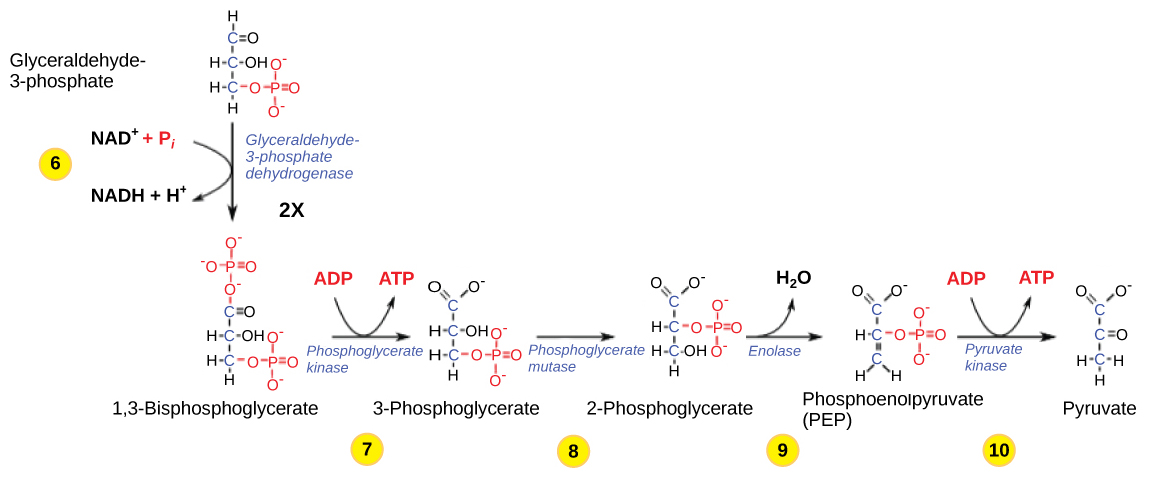
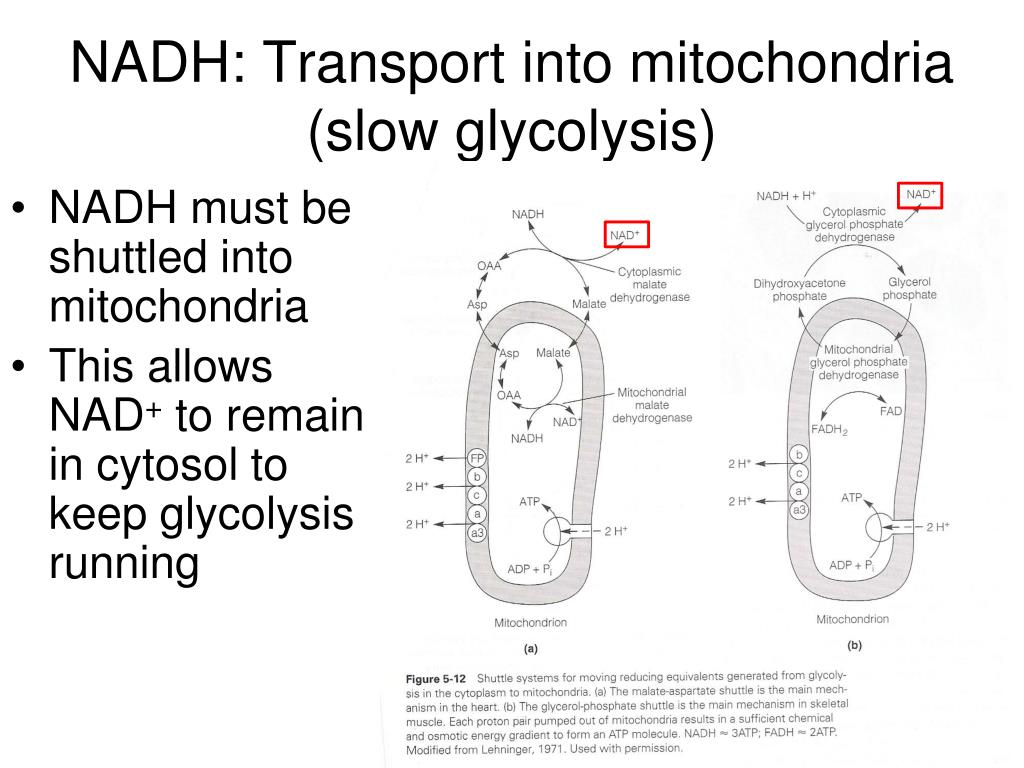
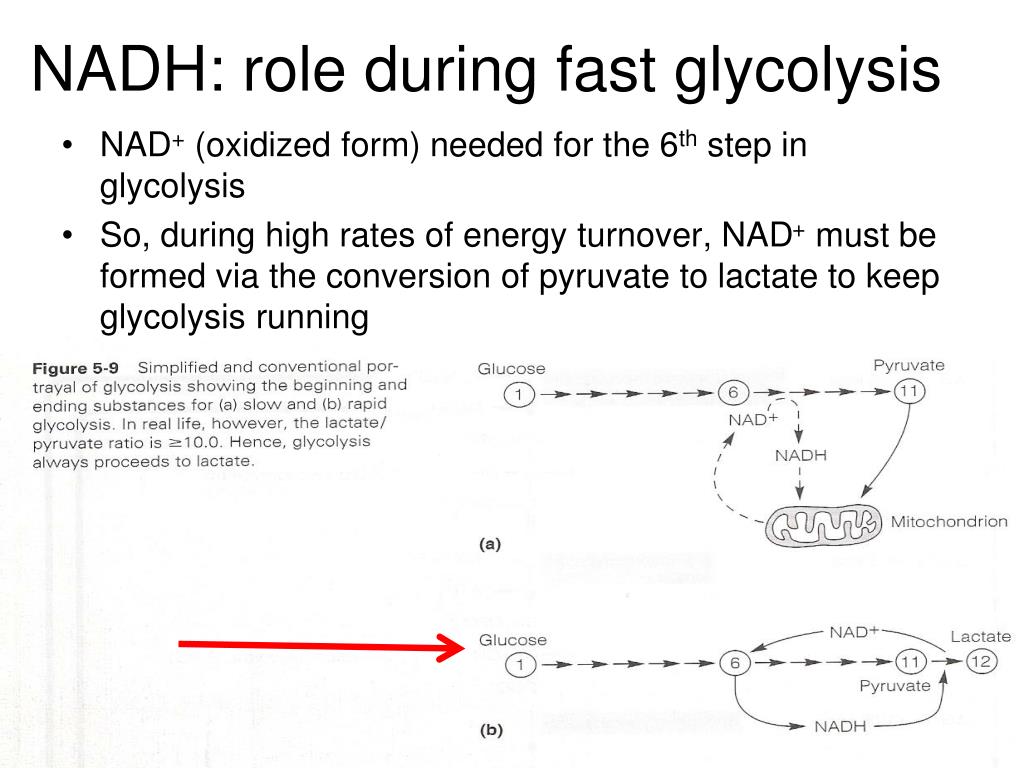

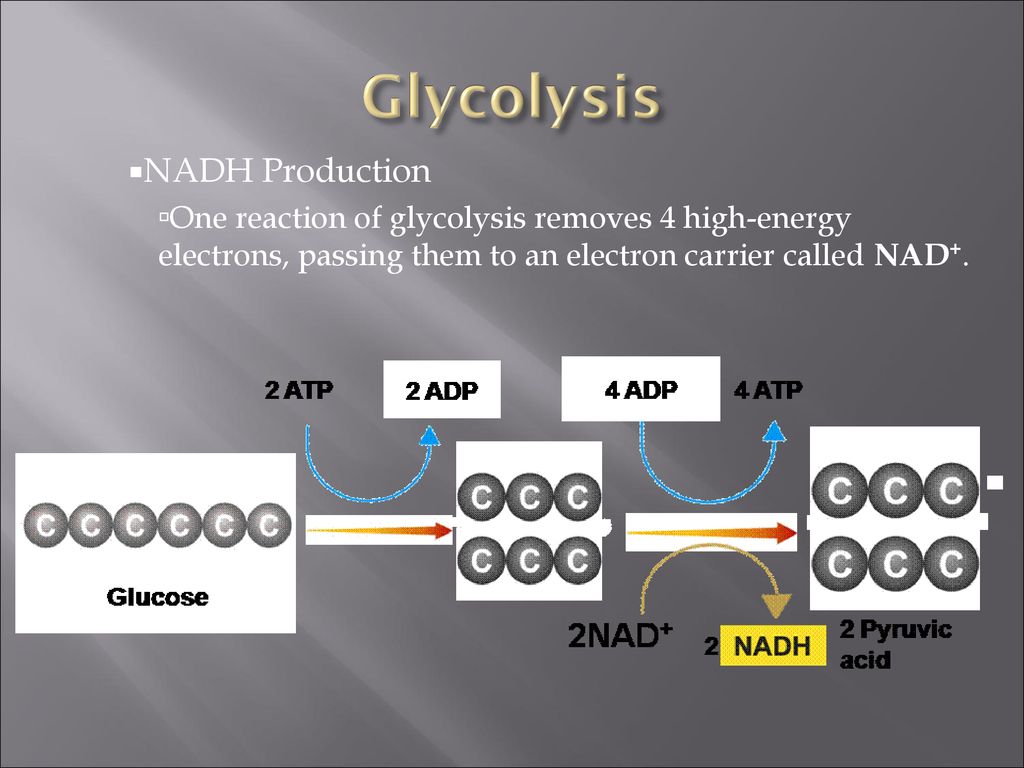
+2+Pyruvate+2+NADH.jpg)

